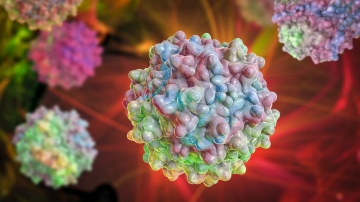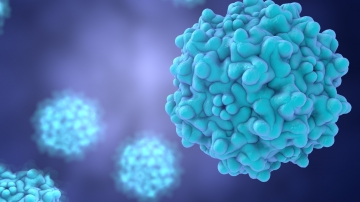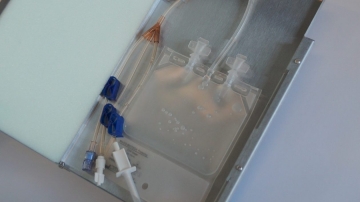Types of viral vectors
Table of contents
ShowVarious types of viral vectors are central to genetic research and medical advancements. These small carriers, obtained from various viruses, play an essential role in gene therapy and beyond.
In this exploration, we will examine different types, the applications, unique attributes, and the complex terrain of producing viral vectors.
Viral vectors in gene therapy and beyond
In areas such as gene therapy, viral vectors play a central role by directing cellular responses and regulating transgene expression. These vectors are engineered in vitro engineering to achieve precise targeting to host cells.
Targeting extends to specific cell types, including vital T cells relevant in immunodeficiency disorders. The vectors achieve this precision through tailored promoters, capsids, and receptors. Modern advancements, such as the integration of CRISPR, enable vector systems, providing precise control over nucleic acid delivery.
The transduction process is directed by viral proteins that ensure the seamless integration of genetic material into the host genome. The enzyme integrase further facilitates this integration, and, when necessary, helper viruses can assist the process.
Along with virus-native vectors, non-viral vectors like plasmids or LNPs can be a viable alternative. These vectors harbor significant therapeutic potential by homing in on specific cells and tissues, providing novel possibilities for treating an array of diseases while limiting the risks associated with viral genes.
Adenoviral vectors (AVVs)
Adenoviral vectors, derived from adenoviruses, excel in gene delivery. These vectors efficiently transport genetic material into host cells, making them vital in clinical trials and genetic studies.
They trigger a robust immune response, which can be advantageous for specific cellular activation, but can also pose challenges due to host immune reactions. Adenoviral vectors interact with the host genome, crucial for effective gene therapy and precise transgene expression.
Their versatility allows them to target various cell types, enhancing their value in genetic research. Tailoring these vectors to specific cell types is essential for their success.
In clinical trials and therapy, adenovirus vectors effectively deliver therapeutic genes. However, antibodies, both natural and induced, can impact vector performance, necessitating careful consideration in experimental design.1
Adeno-associated viral vectors (AAVs)
Adeno-associated viral vectors (AAVs) play a crucial role in genetic research and therapy, as they excel at achieving precise gene expression. They have particular value valuable for in vivo applications, offering unique advantages.
AAV vectors demonstrate tropism, indicating that they have an affinity for specific cell types or tissues. This targeted approach is achieved through various serotypes, each with distinct preferences for different cellular targets. Importantly, AAVs can efficiently transduce non-dividing cells, which expands their utility.
One challenge with AAVs is the presence of antibodies. They can affect the efficiency of vector delivery, necessitating careful consideration in experimental design.
In the lab, researchers often work with recombinant adeno-associated viruses, which are engineered to carry specific genetic material. These customizable vectors enable tailored experiments and therapies, and their production is being continuously optimized. With approaches like the use of dbDNATM (doggyboneTM DNA) – DNA with a linear and covalently closed structure –, several challenges in AAV production can be coped with, allowing for the manufacturing of large volumes. 2 3
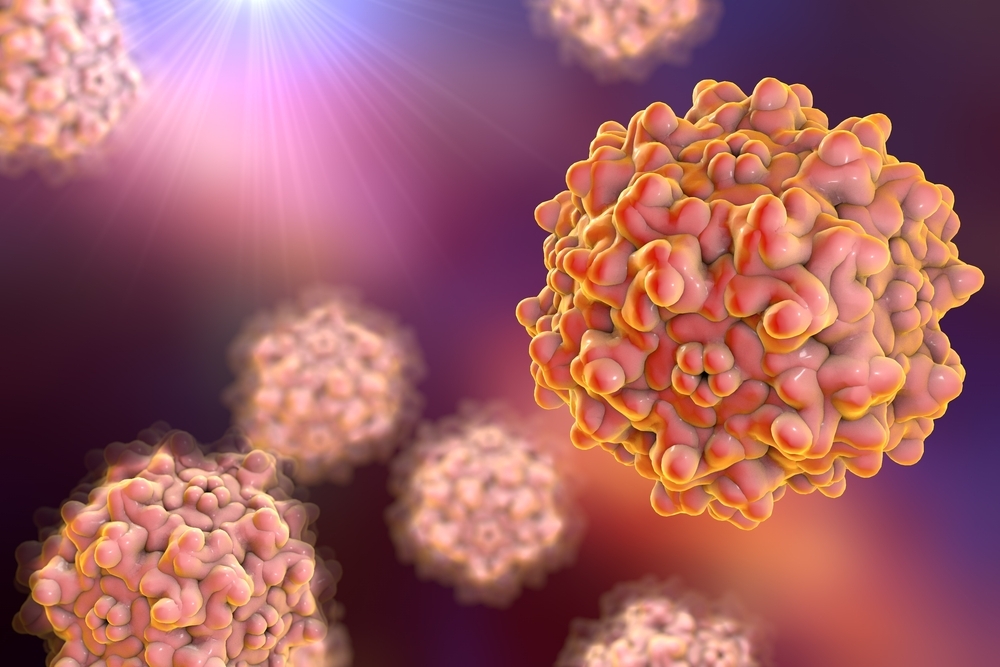
Retroviral vectors
Retroviral vectors, derived from retroviruses, are pivotal in genetic research and therapy. These vectors harness the power of reverse transcriptase, a remarkable enzyme that enables them to excel in gene expression.
One of the notable applications of retroviral vectors is in studying and treating conditions like leukemia. Their ability to integrate into the host genome, facilitated by reverse transcriptase, allows for stable gene expression within host cells.
Retroviral vectors are particularly effective in dividing cells, as they can be integrated into the host genome during cell division. This integration process occurs at the transcriptional level, impacting the host chromosome.
These vectors offer a valuable means to explore gene expression, especially in actively dividing cells, and their integration into the host genome contributes to their significance in genetic research and therapeutic interventions.4
Lentiviral vectors (lentivirus)
Lentiviral vectors, derived from lentiviruses and a subclass of retroviral vectors, are powerful tools in genetic research and therapy. These vectors excel in transduction, efficiently delivering genetic material into host cells.
One key feature of lentiviral vectors is their ability to integrate into the host genome. This integration is crucial for stable and long-lasting transgene expression. However, it can also pose a risk of insertional mutagenesis, potentially leading to genetic mutations. Lentiviral vectors have their roots in HIV, and they utilize elements from the HI-viral genome to facilitate this integration process.
Researchers often utilize lentivirus vectors to manipulate RNA transcription within target cells, making them valuable in studying various cell types and their responses to genetic modifications.
Despite the potential risk of mutations, lentiviral vectors remain essential in genetic research, offering precise transduction and stable integration, which can lead to enduring gene expression.
Herpes simplex virus (HSV)
Herpes simplex virus (HSV) vectors play a distinctive role in genetic research and therapy, with a particular focus on their applications in neurons and specific cell types.
Herpes simplex virus vectors are renowned for their neuro-tropism, meaning they have a natural affinity for neurons. This unique characteristic makes them valuable tools for gene transfer and genetic modification within the nervous system.
Vector systems based on herpes simplex virus have been engineered to facilitate efficient gene transfer, allowing researchers to study and manipulate genes in neurons and specific cell types with precision.
Tropism in herpes simplex virus vectors ensures targeted delivery, while their antigenic properties are important considerations in designing experiments and therapies. Additionally, HSV vectors have been employed in transfection procedures, further expanding their utility in genetic research.
Herpes simplex virus vectors have opened up exciting possibilities in understanding and manipulating neuronal genetics, offering a specialized approach to gene transfer and genetic studies within the intricate world of neurons as a specific cell type.
Viral vector development and manufacturing – meeting challenges
The production of viral vectors presents several challenges in maintaining safety and efficacy, especially in the context of gene therapy and genetic research.
Major challenges include:
- Scaling up production: Achieving consistent, high-yield vector production, especially for replication-competent vectors, can be complex.
- Cell culture demands: Cultivating viral vectors in mammalian cell cultures requires careful cell line development, maintenance, and compliance with FDA standards.
- Safety concerns: Managing immunogenicity and toxicity is critical to enhance vector safety and effectiveness.
- Replication risks: The presence of replication-competent vectors requires stringent screening to ensure product safety.
- Genetic integrity: Preventing unintended genetic changes during manufacturing is essential to maintain vector stability.
However, there is a variety of innovative solution that help coping with challenges in viral vector production:
- Replication-defective vectors: Creating vectors incapable of autonomous replication enhances safety.
- Monitoring for wild-type viruses: Robust testing and advanced analytical techniques help detect and eliminate wild-type viruses.
- Reducing immunogenicity: Modifying vector capsids to reduce immunogenicity enhances vector performance.
- Ex vivo approaches: Modifying cells outside the body before reintroduction can mitigate in vivo challenges.
- Ensuring genome integrity: Monitoring and maintaining the integrity of host cell genomes is crucial for vector safety and efficacy.
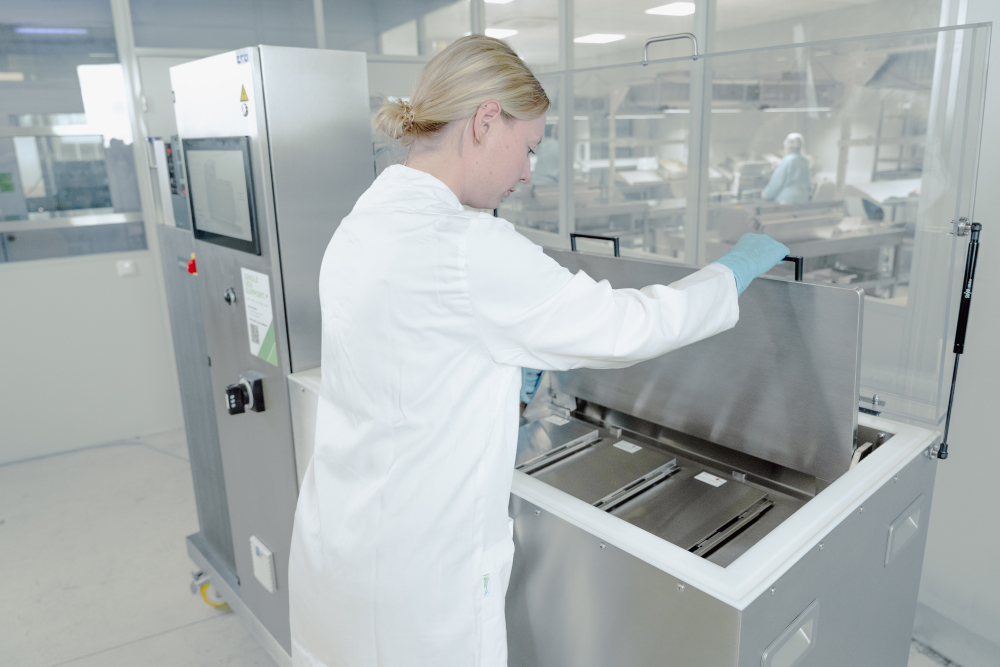
The viral vector manufacturing process itself also comes with a variety of hurdles that the biopharma industry has to overcome. While cost efficiency and product quality must be brought in line for every drug product, safety aspects play a particularly important role in the production of viral vectors. An additional focus lies on environmental aspects, given the hazardous nature of viral vectors and the need for sustainable solutions to manage them safely.
To face manufacturing challenges, single-use technologies stand out as a promising advancement, offering efficiency, scalability, and enhanced safety to meet the rising demands of gene therapy and genetic research.
Single Use Support’s fluid management system comes with a high level of automation, reducing the need for manual intervention and therefore the risk of exposure. Furthermore, automated processes help to streamline the entire viral vector production, achieving consistent results in terms of quality and effectiveness.
While freezing, shipping and storing different types of viral vectors may be troublesome, this hurdle can be taken more easily with dedicated plate freezing platforms and ULT freezers that preserve the quality and safety of viral vectors – keeping them ready for manifold applications.
- Viral Vector Systems for Gene Therapy: A Comprehensive Literature Review of Progress and Biosafety Challenges, http://dx.doi.org/10.1177/1535676019899502, Published 2020-01-24
- Doggybone™ DNA: an advanced platform for AAV production, http://dx.doi.org/10.18609/cgti.2017.074, Published 2017-11-20
- The Pros and Cons of Lentiviral and Adeno-Associated Viral Vectors, https://themedicinemaker.com/manufacture/the-pros-and-cons-of-lentiviral-and-adeno-associated-viral-vectors , Published 2022-07-10
- Retroviral vectors and transposons for stable gene therapy: advances, current challenges and perspectives, http://dx.doi.org/10.1186/s12967-016-1047-x, Published 2016-10-12







